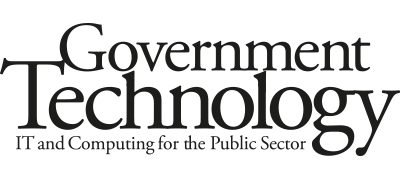2020 saw public sector attitude to digital change

Socitm has launched its public sector digital trends report for 2021, finding that the public sector embraced the development of digital practices in the face of the coronavirus pandemic.
Traditionally, the public sector has not been seen as ‘agile’; it has tended to be cautious, slow and rule-bound, which all conspire against successful and rapid digital implementation. This changed dramatically in 2020, with the need to adapt and adjust policy and working practices in timeframes that would have been unimaginable a year before.
The report finds that the majority of public service organisations are now revisiting their plans, and not just in terms of IT priorities. Whilst there is much to be built upon from previous plans, much is new, and the emphasis and culture has changed.
Part of this is the result of remote working and automation, which together have required new services to be ‘up and running’ in days rather than months. Inclusion and equality of access to basic needs – housing, care, food and education – have risen to the forefront of CIOs attention. Socitm says that this expectation will continue throughout 2021. As such, the public sector CIO will embrace a new risk model and one that is founded upon the understanding and support of the wider organisation more than on IT practices.
However, the report also warns that, with cuts and pay restraint looming for many public services, and public expectations of digital delivery accelerated, there is a difficult balancing act for CIOs and digital leaders ahead. This is in addition to consolidating the ‘unfinished business’ of accelerated rollout of digital methods in 2020, coupled with renewal – a fundamental shift to localism and urban redesign, brokering and facilitating better, sustainable outcomes for people, and places.
The Digital trends in local public services 2021 report also suggests that the attention given to emerging technologies will accelerate during 2020, including: cloud, IoT, cyber security, low code development, artificial intelligence, video conferencing, 5G, drones, driverless cars and mobility as a service, and gamification.







